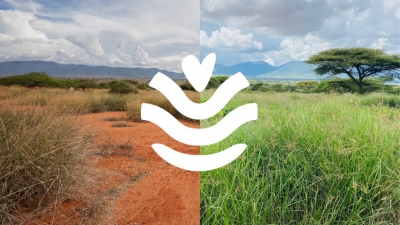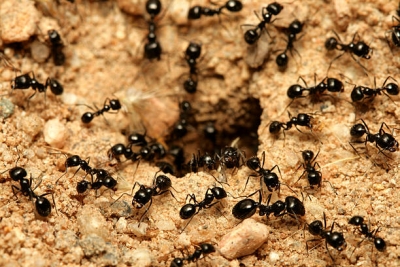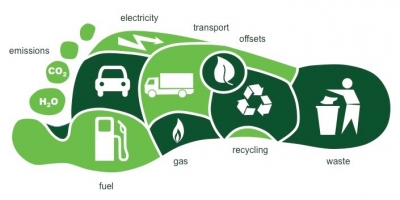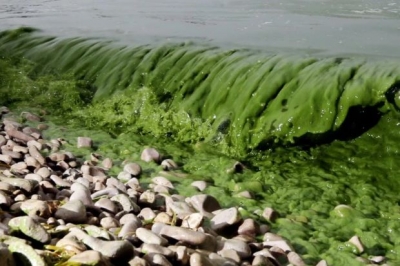How can we fight climate change and stop the collapse of ecosystems?

The UN Decade on Ecosystem Restoration that runs till 2030 calls for urgent action through a global mission. Here's an outline of the agenda and how students can get involved in fostering the recovery of ecosystems.
The Decade
As we know, our planet is plagued by several issues, most of them triggered or worsened by human activity. And how do we resolve these issues? Since the problem is not linear, neither is the solution. But one aspect that's crucial to restoring the health of our planet is its varied ecosystems. And that's exactly what the UN Decade on Ecosystem Restoration (2021- 2030) focusses on. This decade is contiguous with the United Nations Decade on Biodiversity from 2011 -2020, which aimed at bringing down biodiversity loss. The ongoing decade hopes to bring countries together “to prevent halt and reverse the degradation of ecosystems on every continent and in every ocean.”
Triple environmental emergency
When the restoration decade was launched virtually last year, UN Secretary-General Antonio Guterres cautioned us that by destroying our ecosystems, we "are reaching the point of no return for the planet.” But there's still hope if we act now. And to improve the dismal situation it is imperative to at once begin addressing the triple environmental emergency - biodiversity loss, climate disruption, and escalating pollution. UN. agencies have said. "An area of land roughly the size of China needs restoring if the planet's biodiversity and the communities who rely on it are to be protected." So, what type of ecosystems are to be restored? All types! From farmlands, forests, freshwater, grasslands, and shrublands to savannahs, mountains, oceans, coasts, peatlands, and urban areas, all are focus areas. And when ecosystems are restored, they "can help to end combat climate change and prevent a mass extinction" For that to happen, each of us has a role to play.
How can the goal be realised?
The key to realising the goals is working together as a community at the global level. Looking at the type of local ecosystems, identifying, understanding, and adopting specific principles suitable for the restoration of each kind of ecosystem, and implementing them are crucial steps. Equally important is to have the insight that any impact one ecosystem can have a bearing on another, and to plan and execute initiatives accordingly. For instance, the restoration effort for forest and trees could involve planting of saplings while for rivers and lakes, it could be cleaning up the trash and adopting sustainable fishing practices. In towns and cities, the focus could be on starting off with small areas and steps such as setting up parks, adopting a tree, conducting awareness campaigns, etc. However, the most significant action will be an individual's to make Earth-friendly choices in how we live. Does "Eat Right Live Light sound about right?
What can students do?
The United Nations suggests three important ways in which anyone can work towards the goal of ecosystem restoration. And these are something students can adopt too since it's for their future.
Actions: Start your own on-the-ground initiative, join an existing restoration or conservation effort. or help build an alliance to give a bigger boost to nature's comeback.
Choices: Change your behaviour and spending to shrink your local and global environmental footprint... Encourage others around you to do the same. Voices: Make your voice and ideas count in debates how to manage your local environment, and about how we can make our societies... fairer and more sustainable.
Picture Credit : Google


